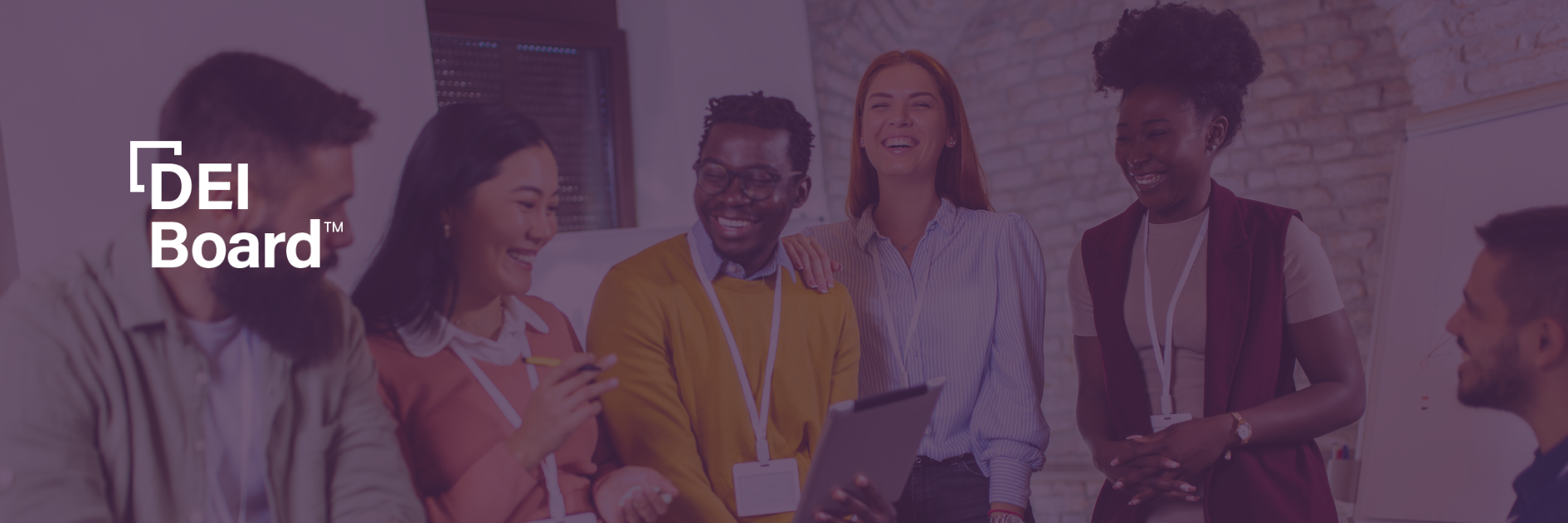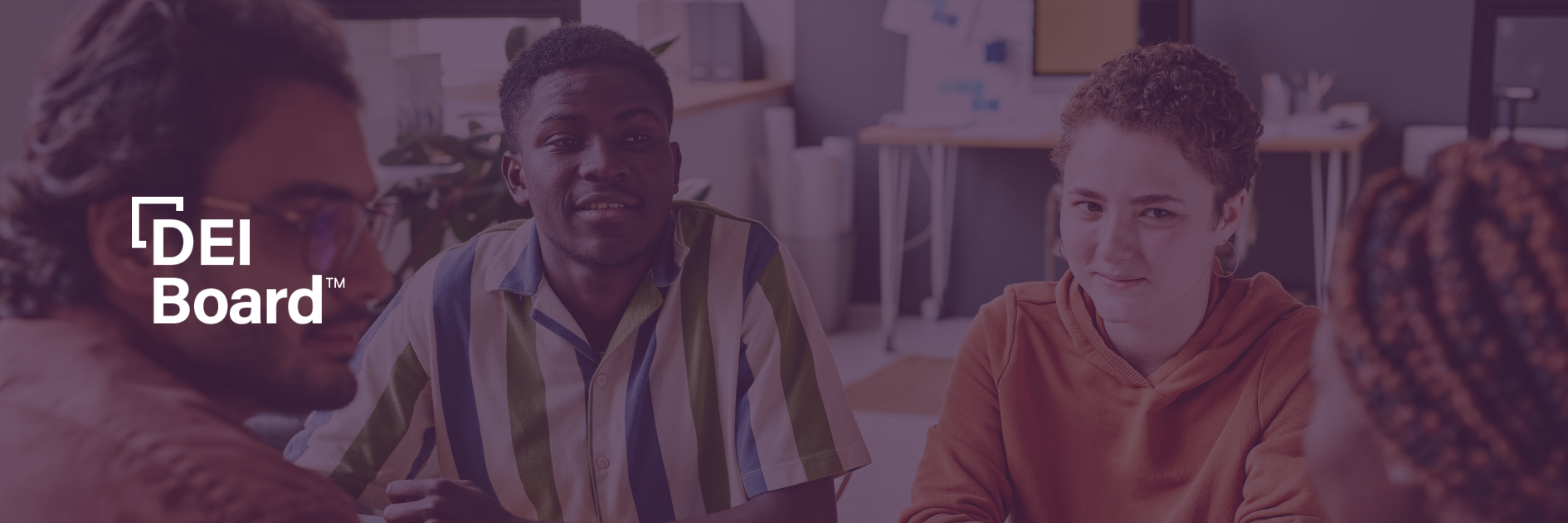Key takeaways:
-
Interactive Training Sessions: Use interactive training sessions to engage ERGs in hybrid and remote work settings, utilizing breakout rooms, games, and open discussions to foster connections and ensure all voices are heard.
-
Engaging Content Creation: Create engaging content tailored to diverse employee preferences, addressing topics such as career development and representation to foster a sense of belonging and inclusion within ERGs.
-
Utilization of Technology: DEI leaders highlighted the critical role of technology in maintaining engagement within ERGs, advocating for the use of various platforms to facilitate connections, intersectional programming, and inclusivity in hybrid events.
Many diversity, equity, and inclusion (DEI) leaders continue to look for best practices to keep employee resource groups (ERGs) engaged in hybrid and remote work environments. As a DEI leader at your organization where you may have ambitious growth goals coupled with high employee expectations, you can’t risk having lackluster ERGs.
During a recent panel discussion hosted by the DEI Board, senior leaders Tanya Spencer, Cheya Dunlap, and Siobhan Calderbank shared insights on how they’re engaging employees in their ERGs to keep them motivated and connected enterprise-wide.
ERGs play a critical role in creating a sense of belonging in virtual environments and the insights from these DEI leaders can help you understand how to re-engage stagnant ERGs in a changing workplace dynamic. Here’s what they said could help advance your strategies:
1. Create points of interaction during training sessions
Creating equitable environments in hybrid and remote workplaces is a daunting task. Employees have different experiences when it comes to working virtually, and as a LinkedIn article reported, this is more evident when it comes to socio-economic class, ethnicity, and education.
During the DEI Board panel discussion, Senior Director of Talent Management at LCBO, Siobhan Calderbank, discussed how managing people in different locations at a global organization creates challenges with engaging ERGs. She shared some of the initiatives they’ve implemented to create connections.
“There are so many ways to engage people, whether it’s in conversations, small breakouts, or polling questions. So this is where sometimes I say the training lens comes into play, and you might need to leverage that as part of your advisory board,” Siobhan said.
She explained how her advisory board included a person leading engaging training, which she said was key in providing connections in meetings.
“When you’re designing your sessions, you want to think about what points of interaction to engage people,” Siobhan added, explaining how they utilize games and breakout rooms to make training sessions more interactive.
It’s vital to provide feedback and allow employees in ERGs to feel heard in virtual environments. Siobhan talked about how providing opportunities for questions and open discussions helped her team. She shared how their ERGs read questions aloud when asked in their virtual events to help people feel like their voices are heard.
“That’s very powerful because it allows the person to feel like they’ve been heard, even if they can’t come off mute and participate — or letting people use emojis so they can express their joy or frustration or anger or happiness. These are all different ways to connect,” she said.
Making sure employees’ voices are heard can be critical in advancing DEI strategies within ERGs. Creating open discussions and points of interaction is important for ERGs because it allows employees to feel valued and empowered to have a say in larger organizational efforts.
“When you’re designing your sessions, you want to think about what points of interaction to engage people.”
Siobhan Calderbank, Senior Director of Talent Management at LCBO
2. Provide engaging content for all employees
Adding to points of interaction, Cheya Dunlap, Chief Inclusion and Diversity Officer at Honeywell, said it’s essential to recognize one point of engagement with ERGs: content is king.
“I think if you create content and programming — as Siobhan was saying — that speaks to people, they will create the capacity to show up and participate,” Cheya said.
She discussed how content helps create feedback from employees on what they would like to see and provides insights on what’s important to those in ERGs. This could range from career development, recruitment, promotions, and overall representation at all levels in your organization.
Cheya explained how creating a variety of opportunities is also crucial for creating engaging content.
“We learn differently; we’re going to create capacity for different things at different times, especially in a large global organization like ours,” Cheya stated. “60% of our employees are outside of the U.S., and so it can’t all look one way and in one language and one format. So, we’re really trying to create those experiences based on what our employees are telling us.”
Content helps understand what’s happening in ERGs and what’s meaningful to the employees. Tanya Spencer, Chief Diversity Officer at General Electric Vernova, explained how senior leadership teams engaging with ERGs through content and data is vital in advancing strategies.
Tanya shared how DEI leaders look at data to see what’s happening in particular communities, like women of color in the workplace, to address areas of concern.
“We can read the research or read the news articles around the Great Resignation and what’s happening, and we can take action from that. But it’s even more powerful when we ask the women in our company, ‘How are you experiencing this and what is happening?’” Tanya explained, adding how it helps leaders with decision making in the company.
“I think the ERG has played a key part in helping us to get at trends in the company and trends in the marketplace. But then what do we as a company want to do or need to do differently to impact that?” she asked.
Cheya and Siobhan added that along with videos, breakout rooms, surveys, and virtual events, using experts for learning and development is critical in engaging employees and making content that resonates with ERGs.
“It can’t all look one way and in one language and one format. So, we’re really trying to create those experiences based on what our employees are telling us.”
Cheya Dunlap, Chief Inclusion and Diversity Officer at Honeywell
3. Leverage technology to create a sense of belonging
For companies with a global presence, another important tool for DEI leaders to keep ERGs engaging for employees is technology. Because employees can have various experiences depending on their locations, it’s paramount to use all platforms and technological resources to help employees feel included to create a sense of belonging.
Implementing virtual events allows employees to connect with their peers and allows opportunities to engage with senior leaders in your organization. Additionally, technology allows those who normally would not have opportunities to talk with decision makers in companies to express their voices and add to company culture.
Siobhan talked about using various platforms for connections at LCBO.
“Whether it’s a Zoom call, [Microsoft] Teams, Connect, or whatever platform you’re using, it allows people for a shorter period of time and a small group to open up and share,” she said. “This is where you make those connections, and it’s so important to do that. There’s a lot of really great ways to leverage technology to bring people together.”
Using technology can help different ERGs with similar interests partner on events and open up more connections for employees as well. Cheya shared how companies with many ERGs can use virtual opportunities to combine initiatives.
“There’s an opportunity for distinct programming in each of these groups, and there’s an opportunity for intersectional programming,” Cheya said. “I think sometimes that we think more is more, but sometimes it makes more sense to go together on some of these topics as well.”
When creating hybrid events for ERGs, you must be sure to acknowledge all who attend – both in person and virtually. Managing meetings requires DEI leaders to allow all employees across their organization to participate in events, as Siobhan explained.
“It can be kind of distracting when you have some people in the room and some are online, and so there’s another element of meeting management that needs to take place when you’re looking at people connecting people from diverse locations and bringing them all together,” Siobhan said. “Make sure that that meeting is impactful, effective, and they still feel that point of connection and they walk away feeling satisfied with something out of that group.”
While hybrid and remote environments have presented new challenges for DEI leaders in keeping ERGs engaging for employees, Siobhan and Cheya noted how using all resources has helped create connections in these evolving workplaces.
“This is where you make those connections, and it’s so important to do that. There’s a lot of really great ways to leverage technology to bring people together.”
Siobhan Calderbank, Senior Director of Talent Management at LCBO
Learn more from your peers who lead DEI at large organizations
Siobhan, Tanya, and Cheya shared more of their leadership insights during the DEI Board panel discussion on setting up ERGs for success, where they discussed ERG structure, support, external branding, and measuring ERG success. As senior DEI leaders at billion-dollar brands, they benchmark their strategies every day with their peers who lead diversity, equity, and inclusion at the world’s largest companies in the DEI Board, a confidential, vendor-free community.





